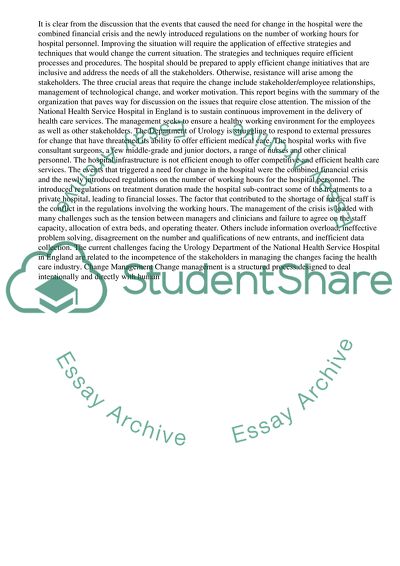Cite this document
(“Managing Change in the Urology Department of a National Health Service Essay”, n.d.)
Retrieved from https://studentshare.org/management/1401476-managing-change-in-the-urology-department-of-a
Retrieved from https://studentshare.org/management/1401476-managing-change-in-the-urology-department-of-a
(Managing Change in the Urology Department of a National Health Service Essay)
https://studentshare.org/management/1401476-managing-change-in-the-urology-department-of-a.
https://studentshare.org/management/1401476-managing-change-in-the-urology-department-of-a.
“Managing Change in the Urology Department of a National Health Service Essay”, n.d. https://studentshare.org/management/1401476-managing-change-in-the-urology-department-of-a.


